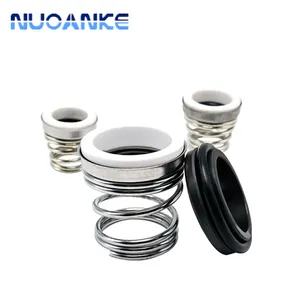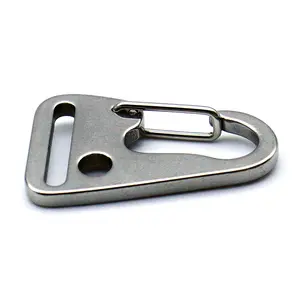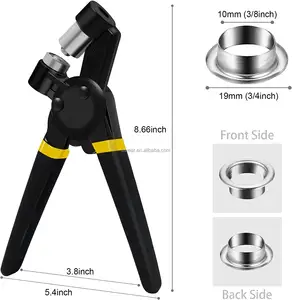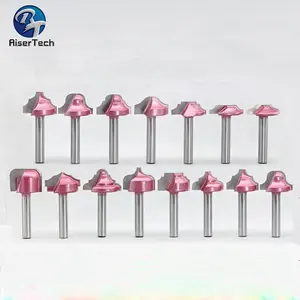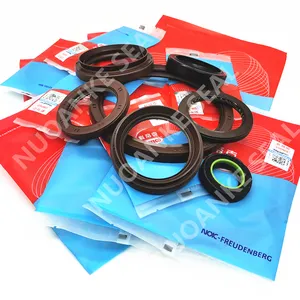Popular in your industry
























































































































































































Top categories
About locking joints
Understanding Locking Joints in Piping Systems
Locking joints are pivotal components in the assembly of pipe systems, serving as crucial connectors that ensure the integrity and functionality of the overall structure. These joints are engineered to provide secure connections, preventing leaks and maintaining the necessary pressure within the pipes. They are versatile and can be utilized in a variety of settings, from residential to commercial applications.
Types and Applications of Locking Joints
The diversity of locking joints is evident in their range of applications. From ankle joint locking mechanisms in prosthetics to the knee joint lock systems in industrial machinery, these joints are integral to both human mobility devices and mechanical systems. In plumbing, locking joints are essential for creating seamless pipe connections, with specific types designed for different purposes, such as finger joints locking in smaller or precision-required contexts, or hips locking mechanisms in larger, load-bearing structures.
Materials and Features
Materials for locking joints are selected based on the fluid type they will convey. PVC, known for its smooth wall surface, minimizes resistance to flow, making it suitable for scenarios where fluid dynamics are a priority. Its lightweight nature and cost-effectiveness make it a common choice. Conversely, copper fittings are chosen for their corrosion resistance and are particularly advantageous for underground plumbing due to their resilience to external factors. The selection of materials is critical to ensure that the locking joints can withstand the specific demands of their application, such as frozen knee joint scenarios in cold environments where material brittleness could be a concern.
Additional Components and Their Functions
Beyond the locking joints themselves, other components play vital roles in a pipe system's functionality. For instance, P-traps are designed to prevent odors by retaining water, acting as a barrier against sewer gases. Pipe caps are used to terminate the flow in a pipeline and safeguard the threads from damage or contamination. These components, while not as prominent as the locking joints, are essential for the comprehensive performance and maintenance of the piping system.
Considerations for Pipe System Integrity
The integrity of a pipe system is contingent upon the correct selection and installation of its components, including locking joints. Factors such as cause of knee locking in mechanical systems or knee locking up in fluid systems must be considered to prevent operational failures. Similarly, the phenomenon of knee pseudo locking can be analogous to situations in piping where a joint may not fully secure, leading to potential hazards or system inefficiencies.
Conclusion
In conclusion, locking joints are fundamental to the structural and functional integrity of various pipe systems. Their selection and application require careful consideration of the materials and additional components to ensure a reliable and efficient system. While locking joints are a small part of the larger system, their role is significant, impacting everything from the flow of fluids to the maintenance of pressure and prevention of leaks.

